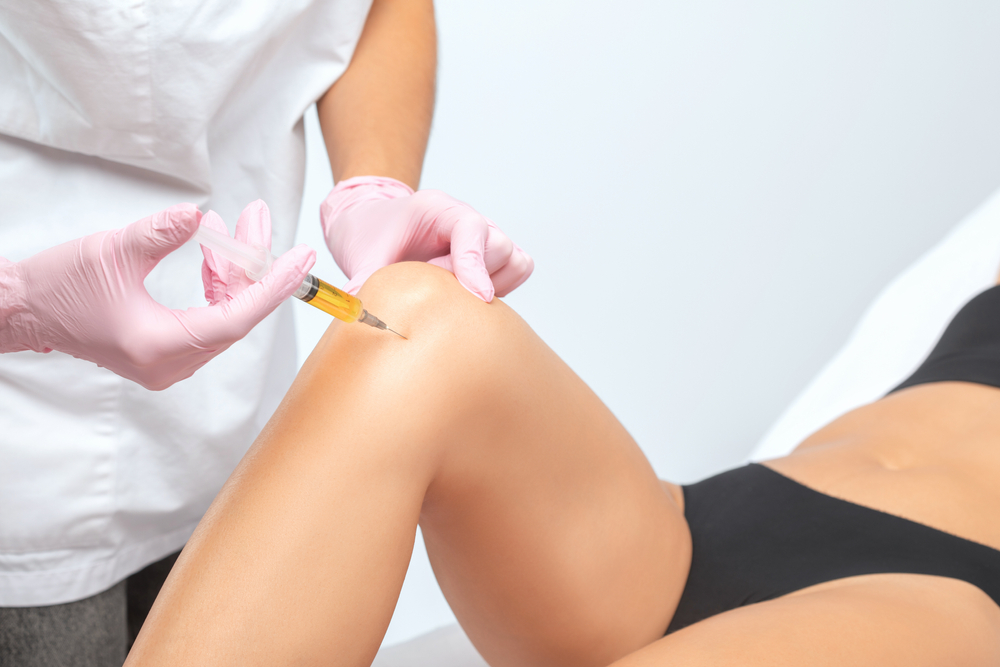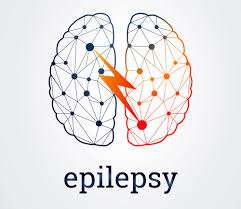Stem cell therapy is a burgeoning new area of medicine with a great number of potential applications. Just imagine, finally being able to move on from an old sports injury that never properly healed because a stem cell injection kickstarted the healing process once again? Stem cell treatments have shown promise helping old injuries recover, minimizing chronic pain, and are even a go-to treatment for certain types of cancer.
What are stem cell injections? They’re simple injections, like a vaccine. In these injections are what is known as stem cells, which have anti-inflammatory and rejuvenating properties. The reason why they’re rejuvenating is simple. It’s because stem cells can turn into any other type of cell in the body. Since a stem cell has all the information, it can become muscle tissue, blood cells, or even nerves.
If stem cell treatments are right for you, then it is important to note that it’s not just the treatment itself that you need to focus on. You also need to invest in a robust aftercare program in order to help your body recover as fully as possible. So, what not to do after stem cell treatment to maximize the results?
What Not To Do After Stem Cell Treatment: The First 48 Hours
The first 48 hours after treatment at any of the locations we cover are the most important and can help you usher in a smooth recovery period. Now, this doesn’t mean that stem cells will immediately get to work within those first two days. Some patients report slowly feeling better for months afterwards, as the stem cell injection slowly works to help boost their recovery process.
In order to help encourage the best results, however, you need to be careful with your body. With that in mind, here’s what you’ll need to avoid during that initial period:
Strenuous Activity
It’s very important that you hold off on any physical activity, even something as simple as core stabilization exercises, having a go on a stationary bike elliptical, or light weights, in the first two days after an injection. This is because physical activity can put your body under undue stress. Gentle walking and tackling non-strenuous household chores are usually fine, so long as you listen to your body’s cues and don’t push yourself too much.
Anti-Inflammatory Medication
While stem cells can help reduce inflammation, it is actually very important that you don’t take anti-inflammatory medications like ibuprofen or naproxen. This is because you actually want inflammation at this stage since it works to signal to the new stem cells where to go and helps with the stem cell integration process. If you are in pain, choose non-inflammatory options like acetaminophen instead or good old ice packs.
Alcohol
Alcohol poses several issues. First and foremost, it can actually slow down your body’s natural healing process, primarily by making you dehydrated. Aim to wait at least 48 hours after your treatment before consuming alcohol.
Additional Tips to Smooth Out Your Recovery Journey
We here at Bioxcellerator do our best to help you with your recovery. You can expect to be contacted two weeks after your treatment, just so we can check in on your recovery and make sure that all is going well. We may even get in touch with you at the three-month mark, all the way up to two years, so that we can keep note of how the stem cell treatment has worked for you.
As we outline in our what are stem cells guide, the goal of stem cell treatment is for the injected cells to, ideally, change into the cells your body needs in that location. This means renewed rejuvenation of your muscles, tendons, or even nerves.
There are ways that you can help encourage positive results in the longer run, of course. That’s why we recommend following these tips after the first few days of treatment:
Maintain Realistic Expectations
Stem cell therapy is a very new area of medicine, and while it is FDA-approved for certain conditions (bone marrow and blood cancer illnesses), it is not approved for other uses. This simply means that there isn’t yet enough evidence or clinical trials – which can take years or even decades. That’s why it’s so important to maintain realistic expectations. This treatment works well on some but not as well on others. Always be honest with your clinician, especially during the consultation, so that they can determine if you’re a good fit for the treatment, and remember – results can sometimes take months.
Pushing Yourself Too Fast
It’s highly recommended that you make sure your schedule is well in the clear before your injection. Not only can injection sites be sore and aching after treatment, but you want your body to direct most of its energy towards recovery. This means spending as much time as you feel you need to sleep and rest.
Not pushing yourself also includes non-physical stress as well. Ideally aim to get the treatment during a quiet time at work, or negotiate with your employer so you have a few weeks of down time. It may even be worth considering taking a relaxing vacation to help bolster your recovery period.
Avoid Exercising Blindly
Exercise in the long run is always going to bring positive results, but for the best results we highly recommend getting in touch with a physical therapist. A physical therapist can help guide you through core stabilization exercises that can help with pelvic injection sites, or how to slowly move from light weights to more intensive exercises in ways that promotes healing and recovery in the body.
The stem cell therapy cost can be a lot for many, so working with secondary treatment options like physical therapy can really help you get the most value for your treatment.
Try to Boost Your Diet
Now is the perfect time to improve your diet and hydration levels. You can do this by focussing on eating a diet full of fruits, vegetables, and whole grains. These foods, especially when fresh and unprocessed, all contain vitamins and nutrients that really support healing. You will also want to try to stay well hydrated during the day, as hydration is an essential part of the body’s repair and detoxification process.


